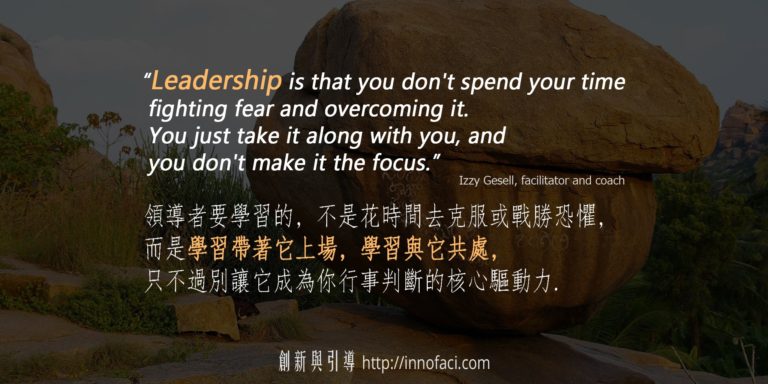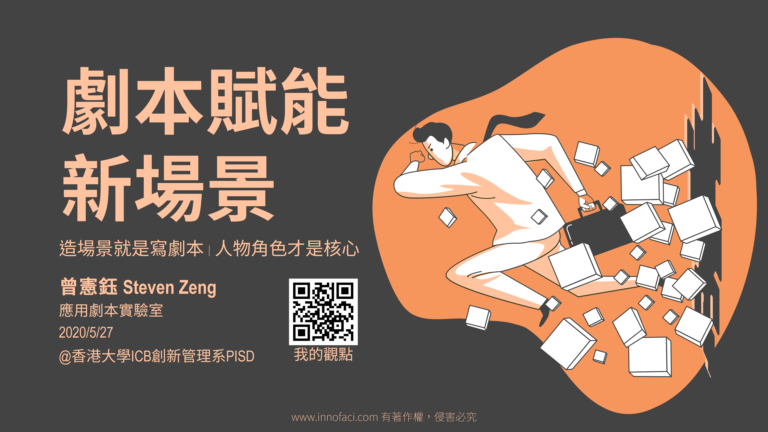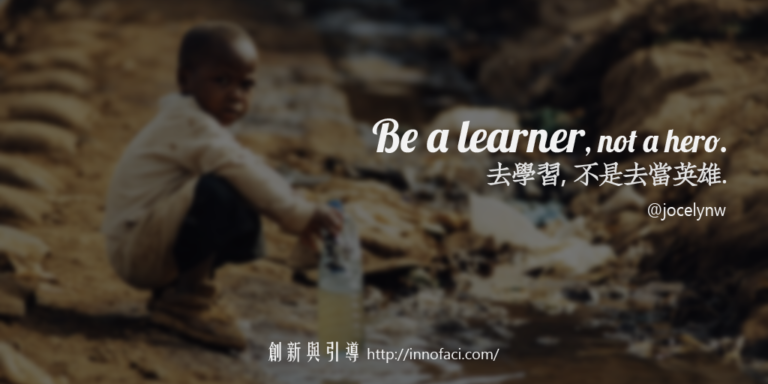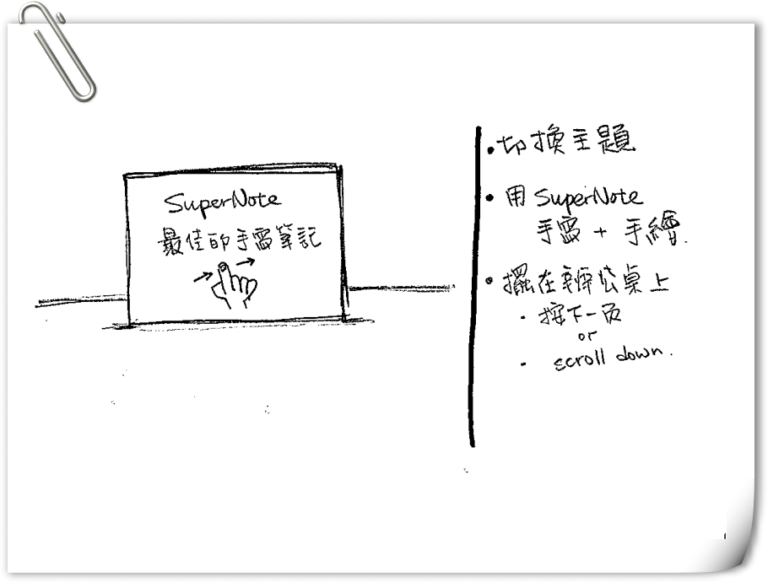浴室的頓悟
《Four Steps to the Epiphany》的作者 Steve Blank 日前在一個訓練課程中,和他之前的一個學生,也是一間新創公司 (Startup) 的 CEO 聊起那間公司的進展,Steve Blank 提到了 CEO Luis 的頓悟下巴差一點掉下來。以下是他們的對話:
Luis 說:
I’m kind of embarrassed to tell you, but we dumped the entire business idea and are doing something else.
不好意思,我要告訴你的是,我們完全捨棄了原來的想法,改做些不一樣的事情。
Steve 理所當然地問他說:
Oh, you pivoted when your team analyzed customer feedback?
你的團隊聽了客戶反應後轉向了?
Luis 有一點不好意思地回答:
No, I was standing in the shower when it just hit me that our nano-materials technology should be used for something completely different. I didn’t change a few business model components, I changed all of them.
不,某天在洗澡的時候,我突然想到我們的奈米材料技術應該可以用在不同的領域,我不是只改變一點點商業模式,我是全盤翻新!
「頓悟」不是偶然的
Steve 說他下巴差一點掉下來,因為他是強調 Customer Development 那一套理論的支持者。Steve 繼續問了幾個澄清整件事情的問題後,他下了 一個漂亮的結論:
… You just had an epiphany. If you’re lucky you may have a few more in your career. But while epiphanies are extremely rare… What you had was no accident. You were collecting enormous amounts of data on one side of your brain, but it was the other side that recognized the pattern. No one knows if epiphanies are always right, but people who follow them tend to get rich, famous or both.
這個是「頓悟」!「頓悟」鮮少發生,但如果你夠幸運,將來你還會有很多機會領受… 你的「頓悟」不是偶然的,你蒐集了許多資料在腦袋的一邊 (左腦),忽然間,另一邊的腦袋 (右腦) 卻能融會貫通了。沒有人知道「頓悟」是對是錯,但願意追隨「頓悟」的人卻往往能夠致富,甚至名利雙收。
營造得到「頓悟」的條件
Steve 提醒,我們可以描述所得到的「頓悟」是什麼,卻無法教人家如何得到或創造「頓悟」。但往好處想,我們還是可以預備好環境和自己,讓「頓悟」」油然而生。以下是 Steve 提供的兩個步驟:
一、多與人互動 (interact with lots of people)。越多跟自己有不同想法、不同思維邏輯的人,越能激發出新的點子。
二、多方探討所面對的問題 (attack whatever problem you’re working on head-on)。面對待解的難題當然必須全力以赴,但還是有另一種方式::
… on a regular basis make time to take an hour, or even a day to do something completely different. Go for a hike or a drive. Walk around the city. Don’t distract yourself with something that makes you focus (the movies, TV, email or the net.) Instead, shut it all down and do something that’s relaxing and gives the problem solving part of your brain a rest – let the pattern recognition side take over.
平常就撥出一小時,甚至用一天的時間做一些完全不一樣的事情。把那些會讓你分新的東西拿開 (影片、電視、email、網路),去爬山、騎車、壓壓馬路都可以。讓被那些難題綁架的大腦休息一會兒,你的左腦右腦才能互相溝通,那平日看不見的契機才會出現。。
最後,Steve 說:
… making this kind of time for your right brain to process what your left-brain has learned can bring you insights you’d never uncover otherwise. You can’t force an epiphany but when it comes, you’ll know it.
唯有這樣時間,才能讓你的右腦開始消化你左腦所得到的一切資訊,然後洞察 (insight) 才會出來。你無法強求「頓悟」,但是當它出現時,你就知道它來了。
小結
其實我也有這樣的經驗。記得剛開始工作的第一年,獨立研發還沒有人做過的「全自動雷射功率校正系統」,一切要自己從頭動手:找設備、組裝、切割治具、寫程式、解 bug、測試、上線、量產。這一年中間,我每天都用坐捷運的時間閱讀跟當時工作毫不相關的雜誌,開啟我新的思考的面向,也真的能夠帶出一些「新的方法」。果然,一年之後順利產出,然後這一套系統也在該公司服役了 6 年時間。
之後,我也有許多「頓悟」的時刻。在帶領 Design Thinking Workshop 的時候、在帶領哈佛商業評論的個案研討的時候…,常常參與者的一個舉動、一句話或一個問題,讓我有「原來可以用 ○○○ 來解釋啊」的茅塞頓開。
你也遇到困難的問題了嗎?換個地點工作、今天來點不一樣的咖啡、拿一本平常不看的雜誌來翻翻… 都可以,或是打電話給我、發訊息給我聊一聊,都是不錯的另闢蹊徑的方法喔!
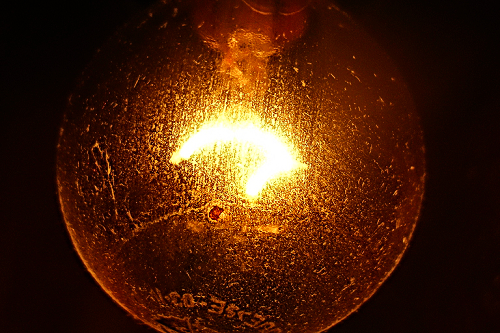
![[簡報] Improv to Innovation](https://innofaci.com/wp-content/uploads/2014/06/stairs-01.jpg)
